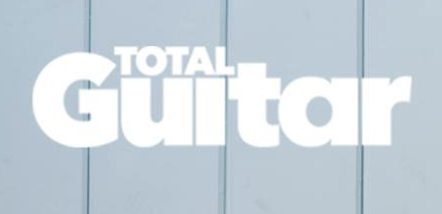The ultimate guide to pedal board essentials (and what order to put them in)
Here's what you need on board and where they all sit best for maximum effect
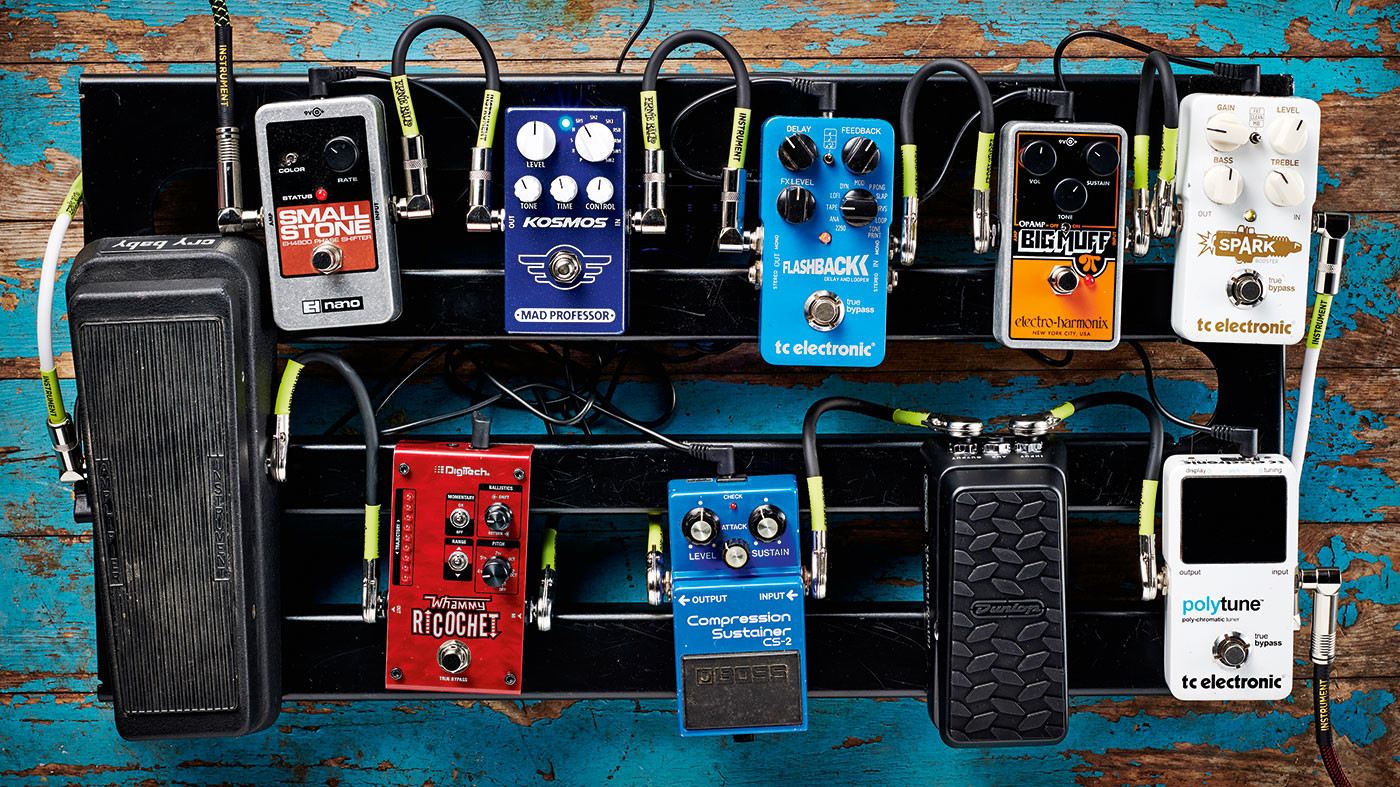
Buying and building your own guitar effects pedal set is almost as much fun as learning to play the guitar that you plug into them. Whether you're seeking to emulate the sound of your heroes or strike out in your own bold new direction, choosing and using the right pedals can be the difference between sound success and failure to launch.
But which pedals should you buy and – most confusingly – what's the right order in which to connect them?
To make sure you make the most of your potentially pricey investment, we've chained together nine essential purchases for the perfect pedalboard.
1. Volume
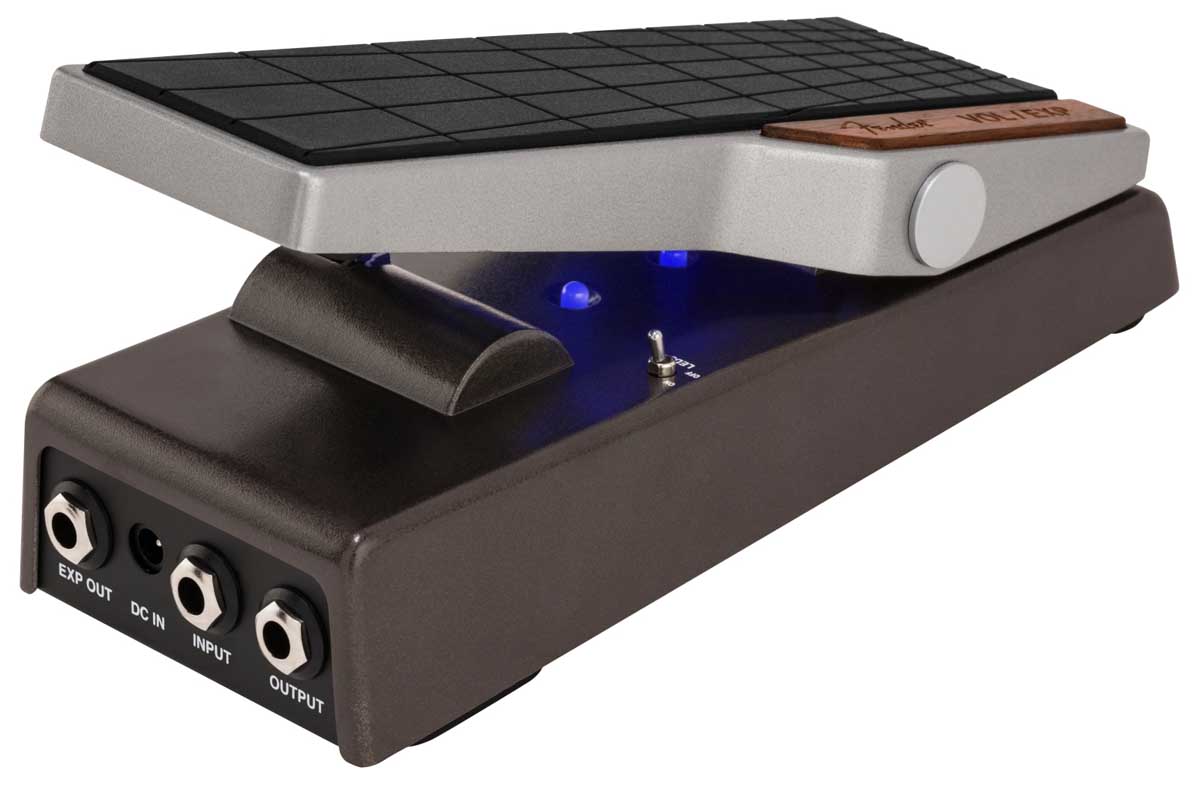
What is it: A volume pedal gives you much finer control over the level of your playing allowing you to achieve more subtle dynamics or – when you need a little extra oomph – drive the rest of your set-up even harder.
Where to put it: At the start of your chain. Placed at the front of the queue, it’s basically like having your guitar’s volume knob right there under you feet.
Alternatively: If you don’t want trails from delays and reverbs spilling on, and want overall control of the final sound, place it at the end. It can be quite dramatic to gradually roll off large, heavy guitar parts in a studio-like fade while playing live.
2. Compressor
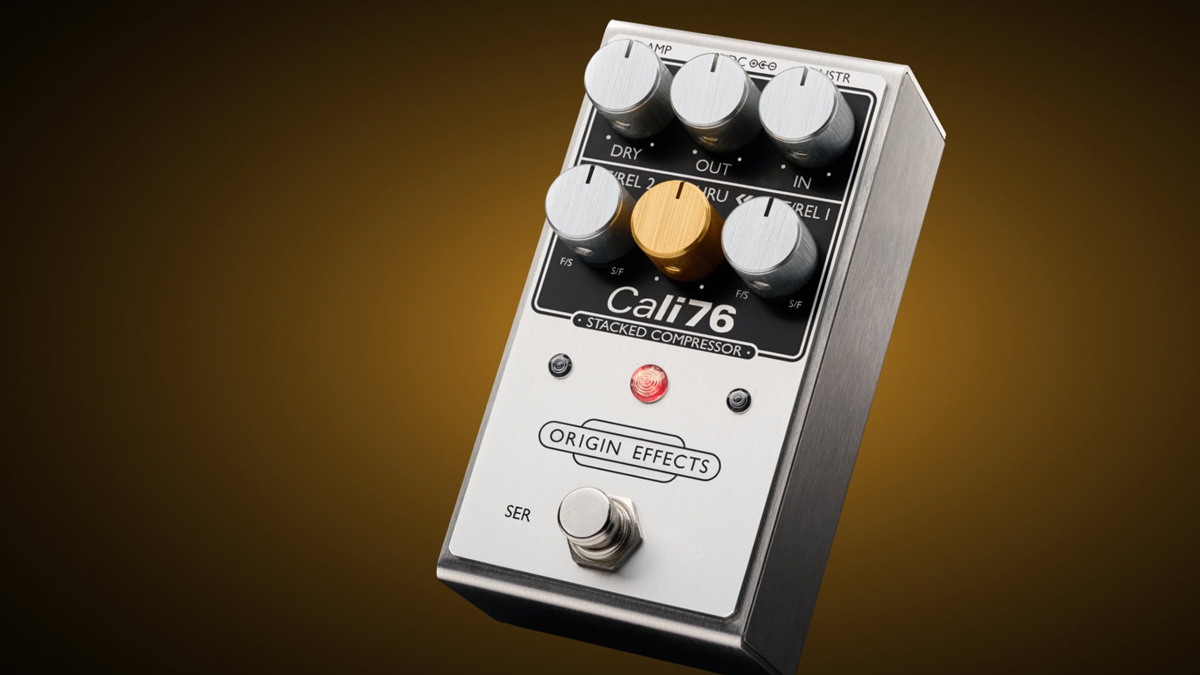
What is it: A compressor pedal will even out your playing and give you a professional (even mechanical) dynamics-free sound that's perfect from beginning to end.
Want all the hottest music and gear news, reviews, deals, features and more, direct to your inbox? Sign up here.
Where to put it: Ideally, any compression should happen before the rest of the signal chain, so as to tame peaks, while still allowing for a jump in volume. Since compressors work by evening out the signal and adding gain, pedals after them, especially drives, might need their output level tweaking. Once they’re dialled in you’re set. Placed in front of drives, compressors can smooth their response while delivering a hotter signal to their input and a ‘fatter’ sound.
Alternatively: Put the compressor at the end of your chain. This will lessen the difference in amplitude between different potential signal paths within your board and result in a more consistent overall effected signal level. After all, when you record in a studio, there will almost certainly be compression put on your guitar post-amp and post-mic.
3. Whammy
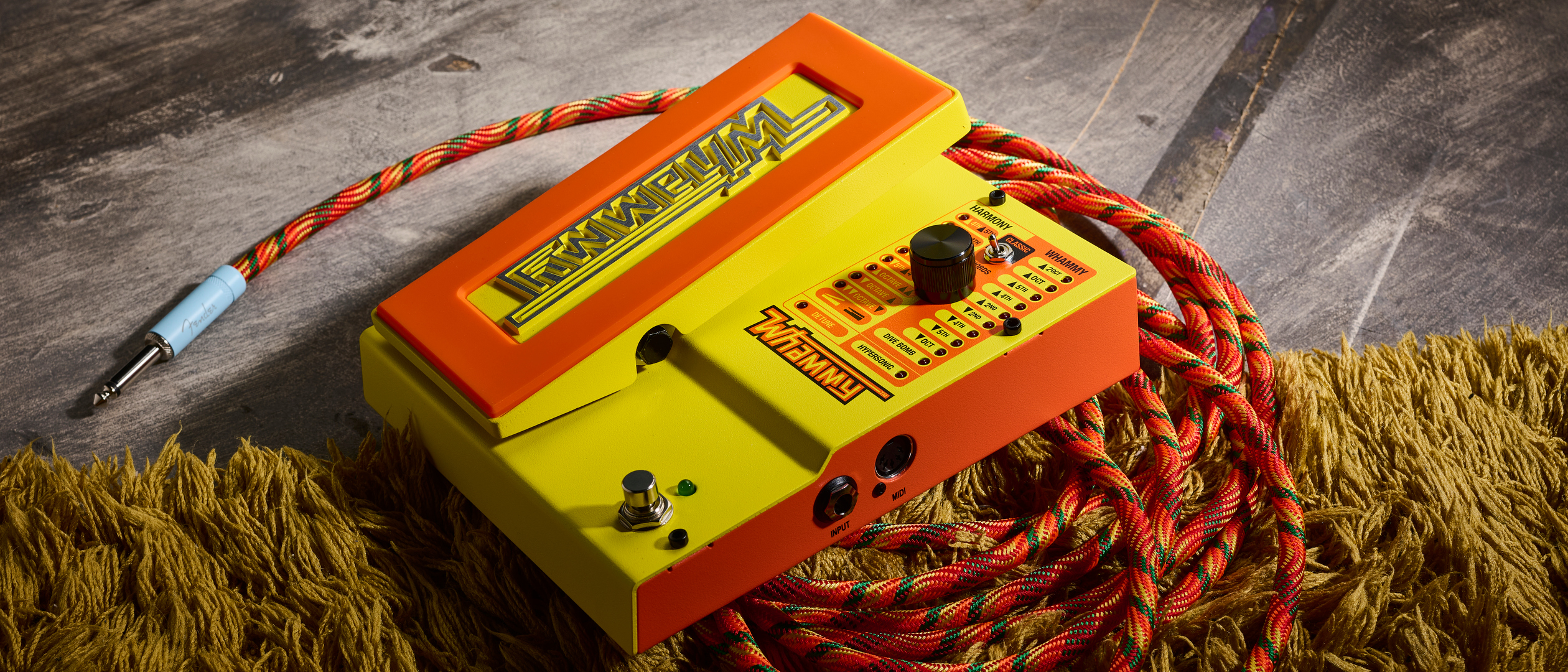
What is it: A pedal that will alter the pitch of your sound, for subtle bends and wobbles right through to dramatic show-stopping divebomb bends.
Where to put it: After compression but before drives. Pitch shifters mangle your signal and compress it, so having drives after can clip and smooth some of the unpleasant artifacts and add additional complementary harmonics of their own.
Alternatively: Put it after delays so that you can dynamically use momentary effects to, say, mess with the trails of a decaying signal. A common math-rock trick is to put a pitch shifter after a Boss DD-3 with the time on minimum and the feedback on full for a momentary sci-fi sound effect.
4. Wah
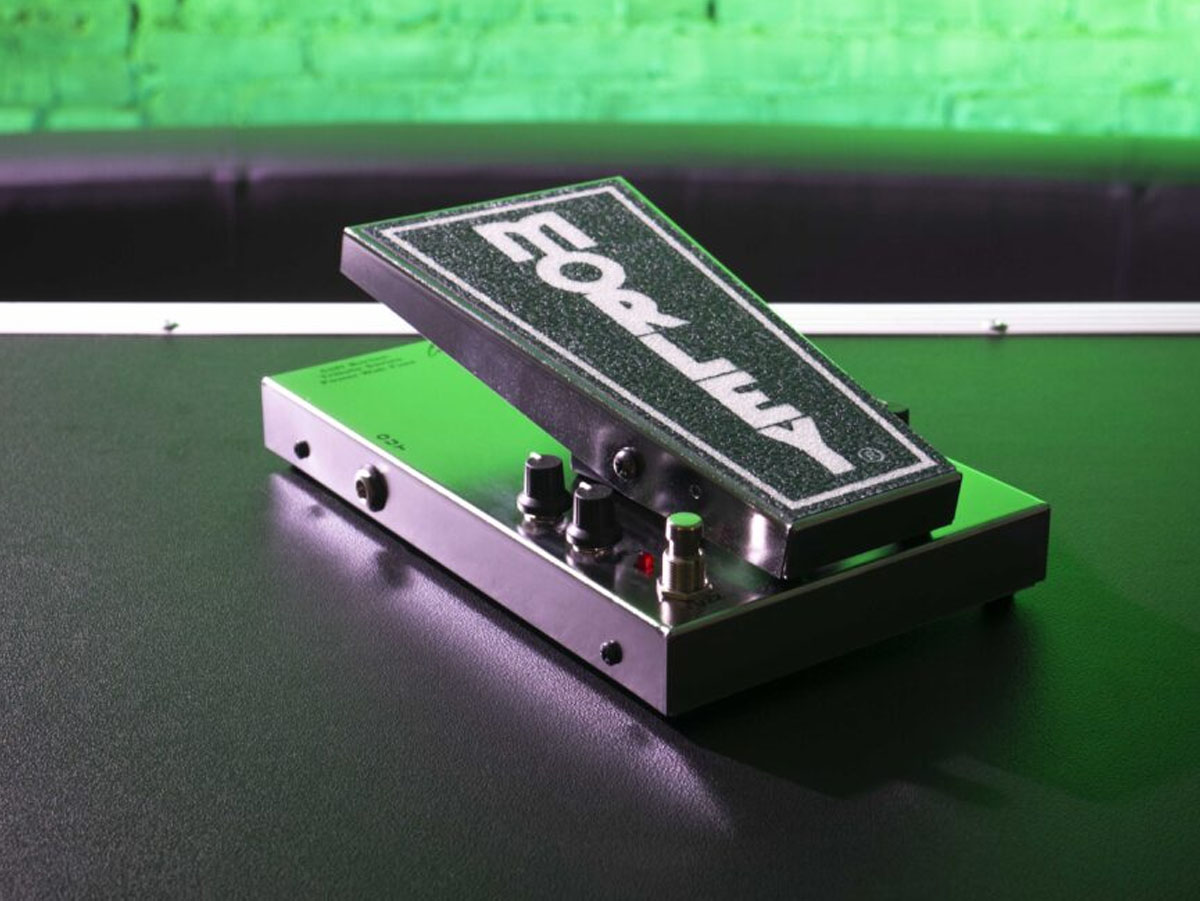
What is it: Give your playing a funky animated filter sound that can lock in perfectly with the groove your music.
Where to put it: Place it before drives for a full musical filter sound like Hendrix and Satriani. When placed before reverb and modulation, moving the wah slowly can result in an almost phaser-like filter that can be controlled dynamically with your foot for subtle, psychedelic motion under arpeggiated sections.
Alternatively: Place it after fuzzes for a wild, extreme filter sound. Think Billy Corgan’s solo sounds on Smashing Pumpkins tracks like Slunk.
5. Preamp and Drive
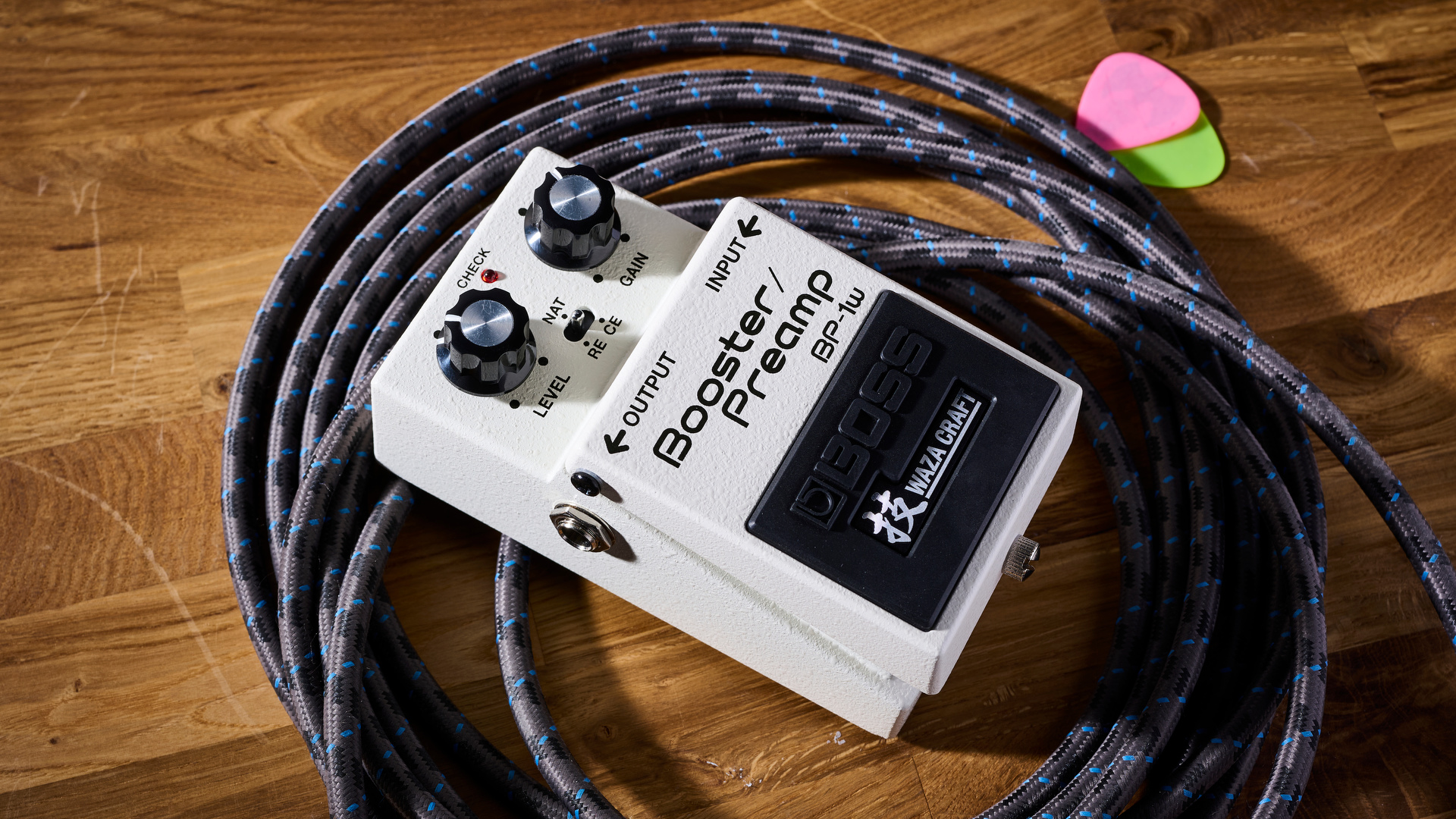
What is it: Juices your guitar to prduces a 'hot' energetic sound right out of the gate.
Where to put it: Before drives and fuzzes. Smashing the input of drives makes a clipped, compressed, fatter tone.
Alternatively: After drives and fuzzes to function more like a lead boost. Here, it will still fatten the sound, but won’t increase the compression or clipping.
6. Fuzz and Distortion
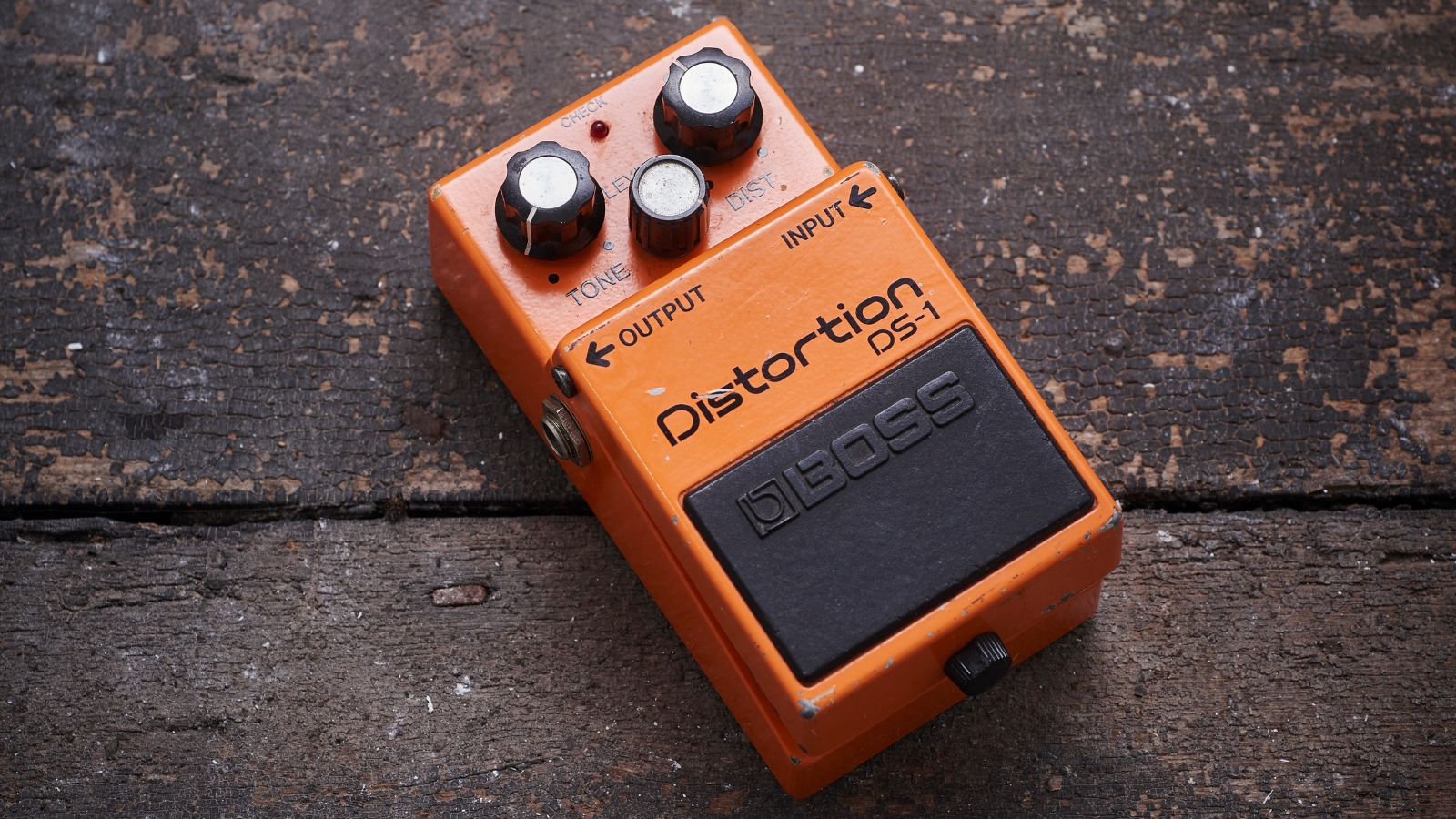
What is it: The classic pedal for adding excitement and energy for more of that famous electric guitar sound.
Where to put it: Before delays and modulations, after drives and pitch shifters. Compressed or clipped signals can make the perceived volume of the guitar greater; given that delays and reverb work by creating copies of the signal, placing distortion after them can result in volume jumps or muddy tones. Placing them before makes the cut-off between repeats cleaner.
Alternatively: Put them before pitch shifters. As they’ll clip the guitar signal heavily, they’ll send a more compressed signal to the pitch shifter. This could be a radically different tone, depending on the fuzz and pitch shifter pedals used
7. Modulation
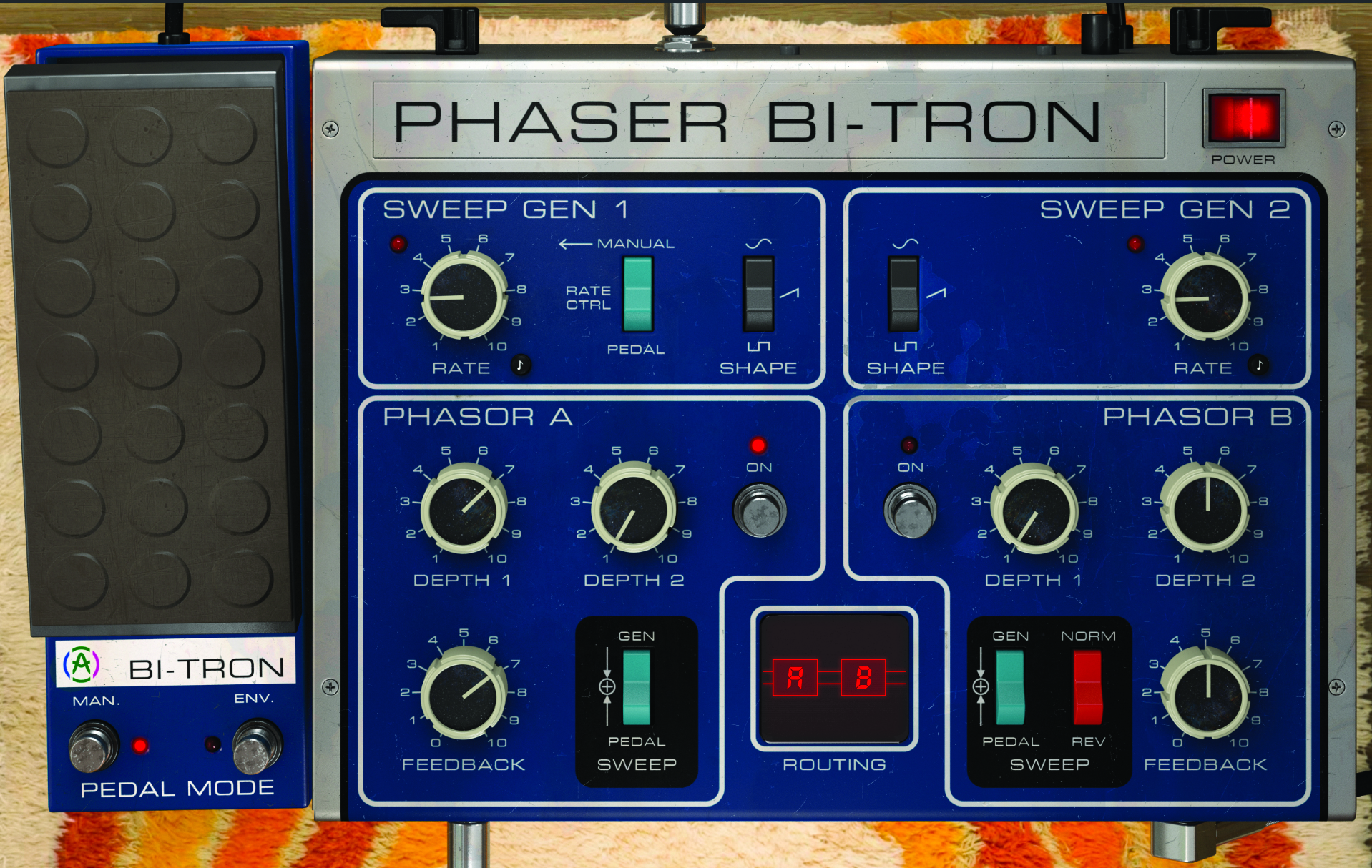
What is it: Phasers and flangers can turn your guitar sound inside out and upside down. Think 'wah' but taken to the next level.
Where to put it: After your overdrives and distortions, so that all of the other effects in the chain are consistently filtered. The sound of something like a phaser or a flanger after drive can be powerful - think the solo from The Mooney Suzuki’s Alive And Amplified.
Alternatively: Try phaser or flanger before drive for a more subtle effect that gives a sense of movement to your playing - think Eddie Van Halen’s solo tone.
8. Delay and Loopers
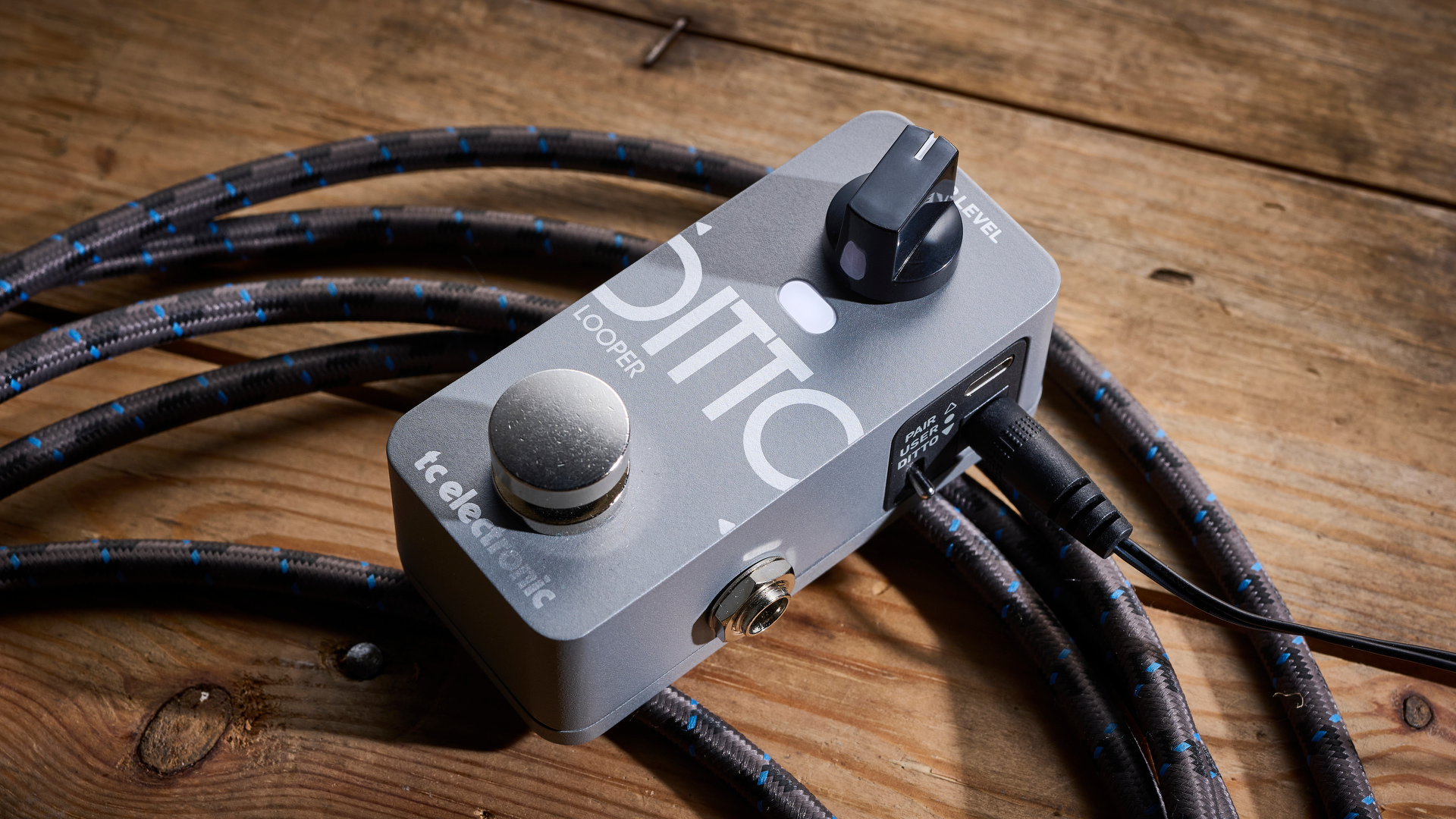
What is it: Another pedal board essential. Double up your playing for a thicker sound or explore rhythm and endless looping effects for a sound that's all your own.
Where to put it: After drives; before reverb and modulation.
Alternatively: Put after reverb, or stack multiple delay and reverb pedals in series for huge ambient tones. The general rule of thumb tends to be: for clarity, stack from a moderately long delay time, and get longer as you move down the chain. For ambient players, start with a shorter initial time and get longer from the second delay on.
9. Reverb
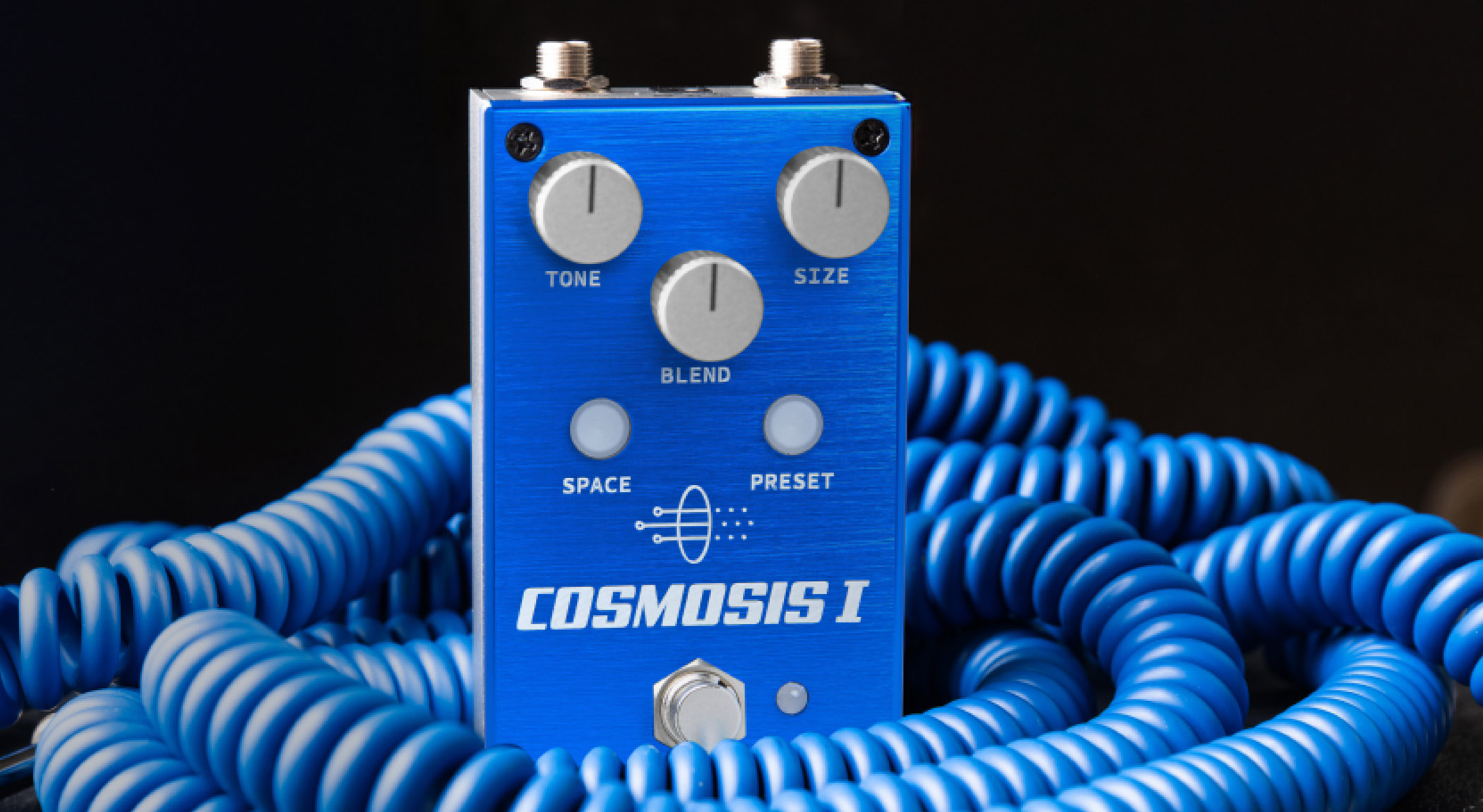
What is it: Give your playing that main event stadium feel with a cavernous reverb that just rings and on.
Where to put it: After delays, so that your delay is still clear. The combination of delay and reverb can be great for ambient noodling, but using them in such a way that they don’t become an indistinct wash can be tricky.
With reverb placed after delay, rolling off the treble on a reverb is sufficient to get a huge pad sound, or an ambient tone for clean, atmospheric sections, without the reverb becoming overpowering.
Alternatively: Put your reverb in front of your drives, or run it into a dirty amp. This dark tone can be brooding. It’s a great trick to try in the studio if you’re experimenting with alternative signal orders, and is allegedly the preferred pedal order of Steven Wilson from Porcupine Tree, who runs his delays and reverb into the dirt channel of his amp.
Total Guitar is Europe's best-selling guitar magazine.
Every month we feature interviews with the biggest names and hottest new acts in guitar land, plus Guest Lessons from the stars.
Finally, our Rocked & Rated section is the place to go for reviews, round-ups and help setting up your guitars and gear.
Subscribe: http://bit.ly/totalguitar
You must confirm your public display name before commenting
Please logout and then login again, you will then be prompted to enter your display name.
